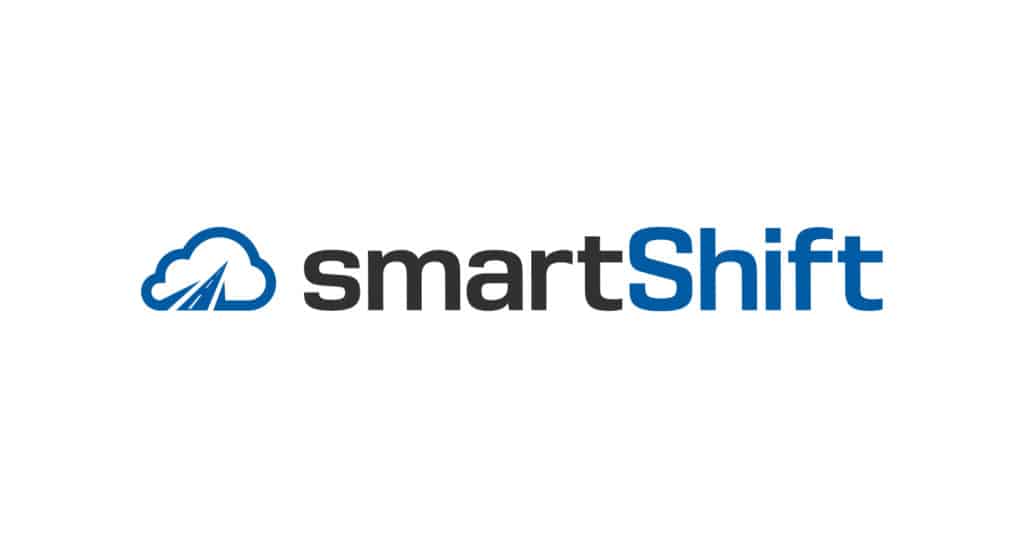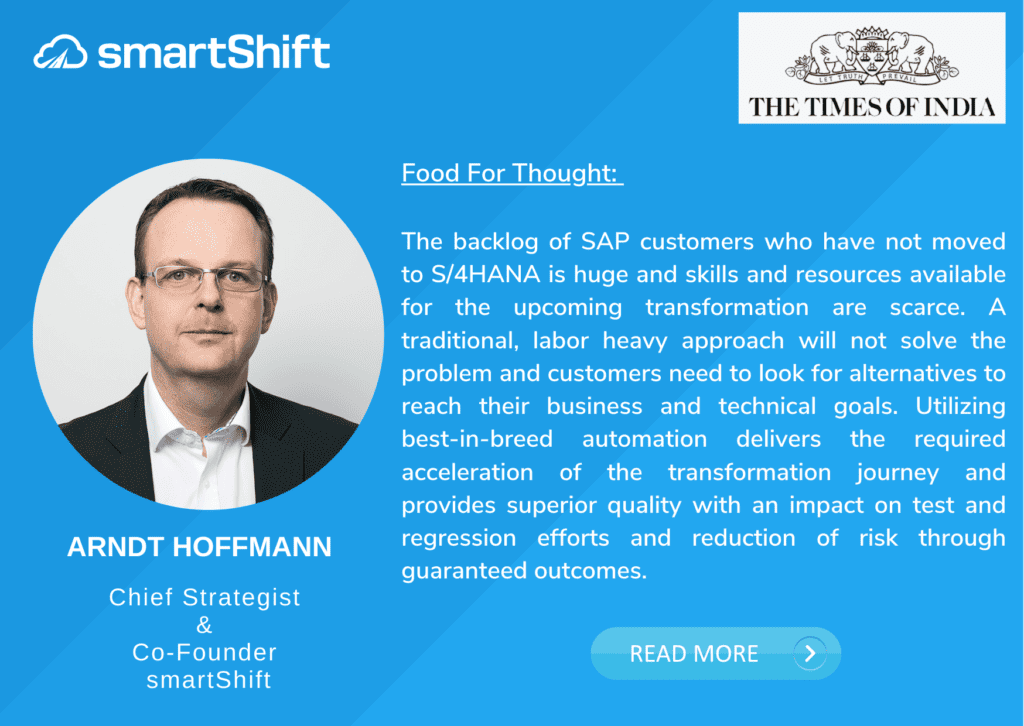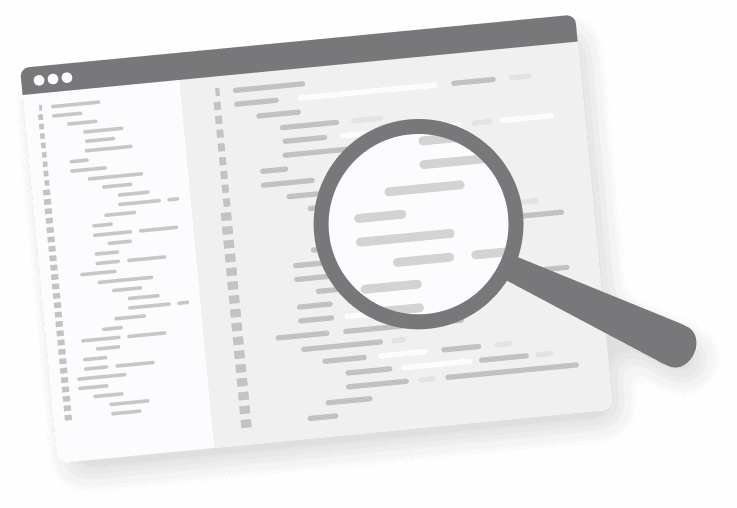By Vyom Gupta, Cheif Operating Officer
We live in an age where companies are innovating faster than ever and embracing digital transformation. A McKinsey survey published last October found that companies are now three times likelier than they were before the COVID crisis to conduct at least 80% of their customer interactions digitally.
IT modernization is especially challenging in an ever-changing environment due to historical complexities, the risk of business disruption, and reduced budgets. The road ahead can seem daunting, but there is no choice. IT organizations must respond quickly to evolving business needs. Companies must transform their ERP systems from monolithic platforms into agile, cloud-native architectures if they want to compete in a market where the rate of change is continuously accelerating.
In the context of SAP, transformation projects involve a long time-to-value ratio, typically running multiple years. The key questions to ask are:
- How hard is it to migrate my functionality and data to SAP S/4HANA?
- What is the path of least resistance for getting to SAP S/4HANA now?
- Is there a way to take advantage of modernized enterprise applications without putting your company through years of upheaval and huge costs?
Starting with a minimum viable product (MVP) strategy reduces the initial time and effort to adopt an SAP S/4HANA platform. Plus, a continuous modernization strategy takes care of frequent and routine updates and breaks down the monolith merges the traditional “build and run” into a continuous delivery approach supported by DevOps teams. Those who use this approach are adopting automation to manage change, thereby minimizing human error and utilizing modern, agile project management approaches and techniques to optimize the consumption of incremental changes.
Identification of the MVP scope, a minimum set of functional capabilities for a like-to-like transformation (potentially with some incremental changes), along with a move from on-premise systems to cloud infrastructure, can be keys to accelerating time to value for a transformation project. It results in expedited execution on the identified scope and creates a solid foundation for unlocking additional functionality over time.
In our experience, in nine out of 10 SAP S/4HANA conversion projects, 95–98% of the required changes to make existing code functional and performant were purely technical. Only 2–5% required functional re-architecture. As it turns out, SAP S/4HANA conversion projects can be seen as technical transformation projects, after all. A well-defined road map allows you to modernize the system while unlocking the innovative technologies offered by the SAP S/4HANA platform.
The real value that SAP S/4HANA offers is to kick-start digital transformation, making it easier to drive future innovation. In this respect, moving to SAP S/4HANA is not simply an end itself, but is the beginning of the continued expansion of digital capabilities with increased automation, with machine intelligence enabling new and changed business processes. Using automation and a continuous modernization approach to enhance and accelerate your digital road map is the best way to maintain momentum and stay ahead of the competition. Here are three ways automation and modernization can help your company’s SAP S/4HANA journey:
- Automation continues to be the key to allow ongoing system and infrastructure optimization be as transparent as possible to the end-user community. Custom development can be quality-gated with automated code health checks and remediation. Simultaneously, infrastructure can be proactively managed and monitored to ensure that outages are averted, and capacity is always scaled and architected to meet changing needs while optimizing costs.
- Because software version upgrades are a normal part of owning and operating an SAP platform, innovative managed services should always acknowledge this and plan for it. Real, continuous modernization accounts for version upgrades of your applications and databases so that they’re not separate projects that need to be budgeted, contracted, and separately implemented. Instead, these necessary works should be managed by the same teams responsible for the day-to-day maintenance of the systems, relying on the same automation framework to minimize risk, ensure quality, and reduce overhead.
- Perhaps the most exciting opportunity presented by SAP S/4HANA is the increased flexibility to offload commodity functions from the core system and access them as containerized extensions in the cloud. Here, automation can once again help by enabling comprehensive analysis and visualization to build a microservices road map. Truly advanced automation can even generate microservices based on understanding your legacy code and deploying them to the cloud. A clean core system and robust, scalable services architecture allow IT resources to focus more on innovation and less on wondering whether or not the system will support their needs.
Get to SAP S/4HANA with MVP, and then innovate with the continuous modernization approach!
Interested in learning more about how you can set up automation and a continuous modernization approach to enhance and accelerate your digital road map? Set up a free consultation with an expert from smartShift today!








